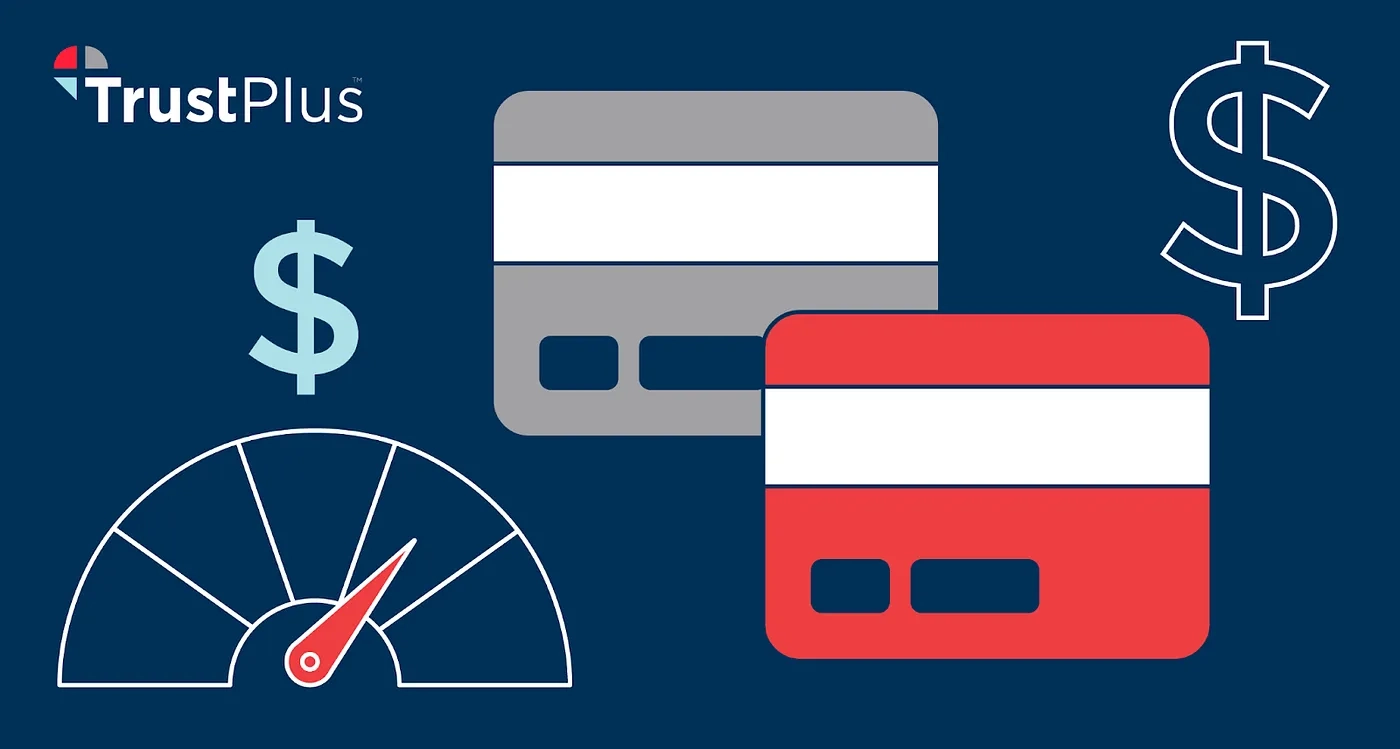Strengthening the financial health of your employees can be as simple as sharing information.

What if we told you that the most important thing you can do as a business leader this month is to make sure that every one of your employees understands how to make credit work for them?
Would you buy our holistic financial wellness solution? Just kidding. It is the best though.
High credit scores can save your employees hundreds of thousands of dollars (or more!) on everything from mortgages, credit cards, insurance, mobile phones, you name it.
When credit scores are high, employee financial wellness is high, typically, financial stress is low(er), and employers experience the talent, retention, recruiting, productivity benefits of a financially healthy workforce.
When credit scores are high, your employees are making credit work for them, they’re better positioned to work for you to maximize profits and social impact.
They can access the most affordable financial products that can help them build wealth, strengthen financial health, and ensure retirement security.
Are your employees effectively equipped to make credit work for them?
Credit and debt, two sides of the financial health coin
Credit is the flip side to debt of the financial health coin.
We talk a lot about debt at Neighborhood Trust. Bad, dubious debt can trap low- and moderate-income workers, especially, in a cycle of burgeoning balances.
It’s debt that “remains underappreciated as a driver of racial wealth gaps,” according to Disparities In Debt: Why Debt Is A Driver In The Racial Wealth Gap from the Aspen Institute’s Financial Security Program (FSP).
These disparities are pervasive, systemic, and destructive both financially and in terms of “diminished health and well-being…”
These bad or harmful debts are “non-loan debts such as medical bills and public fines and fees, and alternatives to mainstream credit such as payday, vehicle title, and private student loans…They can be barriers to employment and medical care, and they can be entry points for entanglement in court systems.”
They distract your employees on the job and weigh heavily on their stress levels and credit scores, for years.
As Disparities in Debt notes: “Low credit scores limit future borrowing options and impair long-term financial health, and they are the most prominent example of bias-prone algorithmic barriers to participation in mainstream household finance.”
Boosting credit scores, reducing debts
Early January is a good time for employees to think about financial goals like improving their credit score in the New Year, says TrustPlus Personal Financial Coach Dametria Douglas.
We would add, it’s also the perfect time for employers to think about augmenting DIY financial literacy workshops and employee financial education, which we know do almost nothing to change financial behavior, with personal financial coaching from TrustPlus.
But even if investing in personal financial coaching to take your financial wellness benefits offerings to a transformative level in 2024 is off the table, there is one key thing employers can do for free to make sure that every one of your employees understands how to make credit work for them: share.
Sharing is caring
Most employees are mired in financial insecurity, struggling paycheck to paycheck. They’re spending hours per week on the job dealing with and stressing out about personal finance issues.
A 2023 report by the TIAA Institute and the Global Financial Literacy Excellence Center (GFLEC) found that employees spend an average of eight hours a week dealing with financial issues — with four of those hours occurring at work, as Manisha Thakor notes this month in “It’s Time to Prioritize Employees’ Financial Health” published by Harvard Business Review.
Simply sharing information with your employees about credit best practices shows you care about their financial health, which delivers its own benefits.
According to Gallup employees who strongly agree that their employer cares about their overall wellbeing are 69% less likely to actively search for a new job, 71% less likely to report experiencing a lot of burnout, and three times more likely to be engaged at work.
We’re going to go out on a limb and suggest the majority of employers haven’t shared the Consumer Financial Protection Bureau’s “Want credit to work for you?” booklet with your employees.
Because really why would you when there’s more important things to be doing like insert your top ten other pressing priorities here.
But the thing is, financial stress is your employees’ top stressor, and the stress is spreading to workers making more than $100,000. We can all agree that stress is bad for business, health, and productivity.
So, go ahead, incorporate some info on credit best practices in your employee communications in 2024 in a way that feels right for your organization. Your employees, bottom line, and mission impact will thank you.
Below we offer a cheat sheet of the most important pointers for employees who want to boost their credit score in 2024.
Make credit work for you: a cheat sheet for employees
Request, get to know, your free annual credit report
- Set a date and mark your calendar, say, every January 11, to request a free copy of your credit report from AnnualCreditReport.com, the only federally authorized central source for free credit reports!
- You have a right to get a free report from each of the three nationwide credit reporting companies once every 12 months.
- Note that requesting your free annual credit reports will not cause your credit score to drop.
- And beware of websites that offer free credit reports or scores. They may require you to share your personal information or try to sell you products that may not be right for you.
- Get to know your credit report and how your score is calculated.
- FICO Scores are calculated using many different pieces of credit data in your credit report: “This data is grouped into five categories: payment history (35%), amounts owed (30%), length of credit history (15%), new credit (10%) and credit mix (10%).”
- Note that your payment history is 35 percent of the credit score pie, the biggest chunk. When you miss payments, it has a greater effect on your score than anything else, so do everything you can to stay current.
- And when you realize you may not be able to make a payment, contact your credit card company asap!
Contact your credit card company
- The second you realize that you will not be able to make your minimum payment is the second that you should let your credit card company know what’s going on.
- This will maximize your control and the options available to you to get back on track.
Ask about payment plans and dates, and lowering your interest rate
- Ask your credit card company about payment plans that are affordable to you given your current cash flow.
- You’ll need to make a budget of all of your income and expenses to know what you can realistically afford to pay toward your balance each month.
- Ask about moving your payment due date to align better with when you get paid.
- In some instances you may even be able to negotiate a lower interest rate.
Get everything in writing
- No matter how your conversation ends up going, make sure that you get any agreed upon details in writing.
- Most credit card issuers have relief or hardship programs which can still bring down your credit score but often less than missing payments and eventually having your account charged off and closed to future charges.
Explore transferring to 0% intro APR credit cards
- If your credit score is high enough, typically mid 600s and higher, explore a 0% introductory APR credit card to transfer your balances. If you can’t get approved, consider applying for a debt consolidation loan which still may charge interest but at a lower overall rate, and you’ll only have to worry about making one payment each month.
Schedule a time to speak with TrustPlus about strengthening your financial wellness benefits and capturing for your organization the benefits of a financially healthy workforce.






